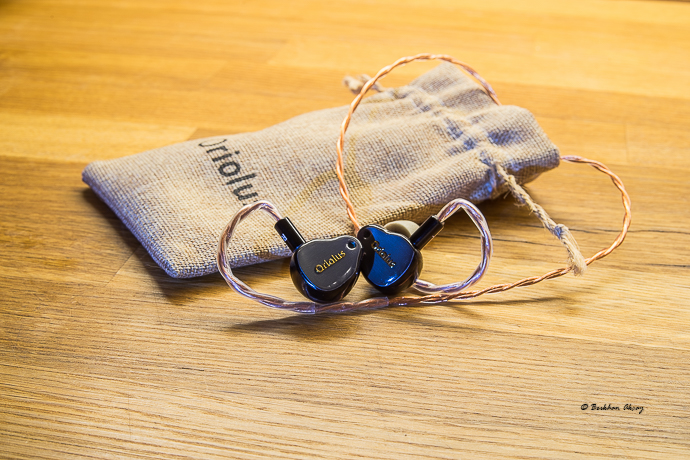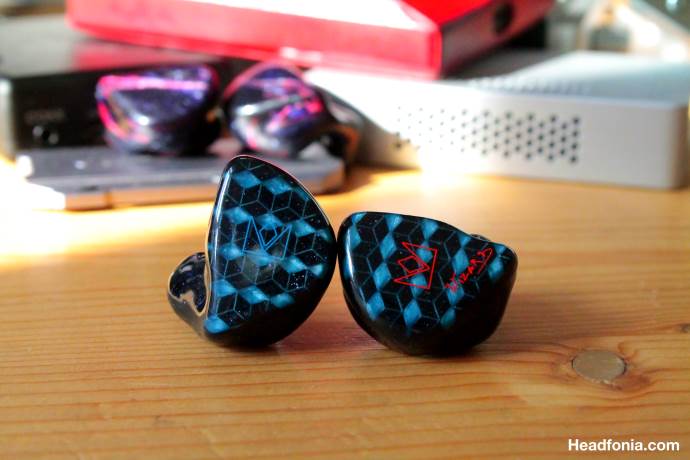Disclaimer: This article is part of the new Wayback Wednesday series which is replacing our “Favourite album of” series.
I still think of myself as the new guy. Hell, I only started publishing HFN reviews since 2014. That doesn’t make for a super long queue. It was a queue that started out on the capable footing of Dita Audio’s The Answer.
Prior to and sometimes since that review, I’ve crashed the lease on smarmy audiophile vocab. Not that from time to time, it was wrong to use words like iridescent, or transcendent; everyone’s got to start out with pretensions before they get to pruning.
Whatever the case, I had mostly kicked the smarmy schtick in time for The Answer to roll up to my desk. My review of it was pretty matter of face. I was happy with my work and still am.
The Answer reminded me that the dynamic driver deserved to be wrapped up in a high-end case and strapped to a high-end price. The Answer reminded me why I’ve always preferred the dynamic driver.

It didn’t do the boomy, bassy, blurred dynamics thing that older FutureSoncis’s dynamic driver earphones did. It did the spacious, the detailed, and the natural thing the way a good over-the-ear dynamic driver headphone does and did.
What it did well, it nailed. Unfortunately, nails have pointy, blood-letting ends. In Dita’s case, that pointy bit started with its standing height, which vertically stretched smaller ear bowls. My wife couldn’t wear it without discomfort. And I couldn’t get it to reliably stay in. For me, its loose insertion angle made it constantly unseal in my canals.
Unfortunately, I really, really wanted The Answer to stay in my canals. I loved then and love still today its naturalness and athletic balance of warmth and cool. I dig its high-geek pretentions, luxurious accessory set, branding, and even its beyond geek design team. Dita’s an awesome brand. The Answer is an awesome earphone whose subjective qualities are made for my listening.
And yet it doesn’t comfortably stay put. As such, I keep it in a safe drawer, ready at notice to compare with current favourites, fads, and fellows. But after meeting the Astell & Kern AKT8iE and Beyerdynamic Xelento, it stays put for longer and longer periods of time.
What I’d like to see is The Answer’s acoustic engine dropped verbatim into a more ergonomic shell, with tighter and upward-angled insertion tubes, and an aspherical body that puts a proper convex surface against the ear. Dita can keep the same forever-cable, and the same accessory set. The last thing they’d have to do is update the name.
Here’s my hat: Dita Your Answer, do.
Dita Audio The Answer & Answer (Truth Edition)


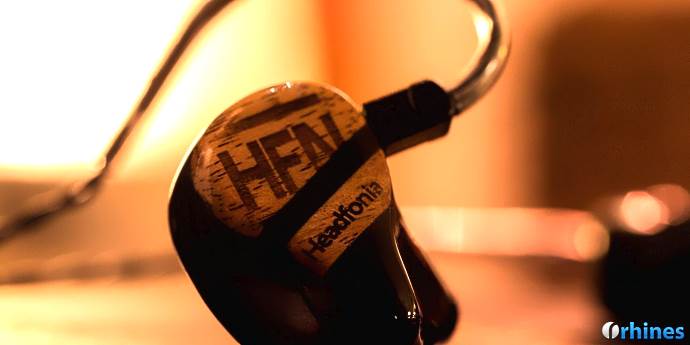
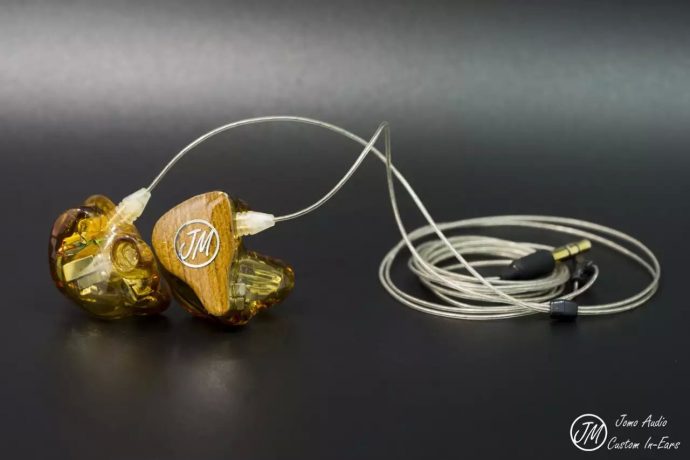








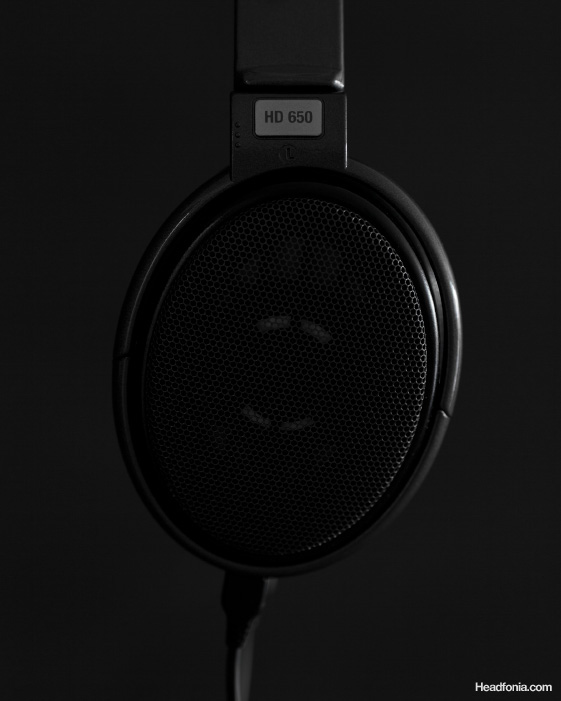
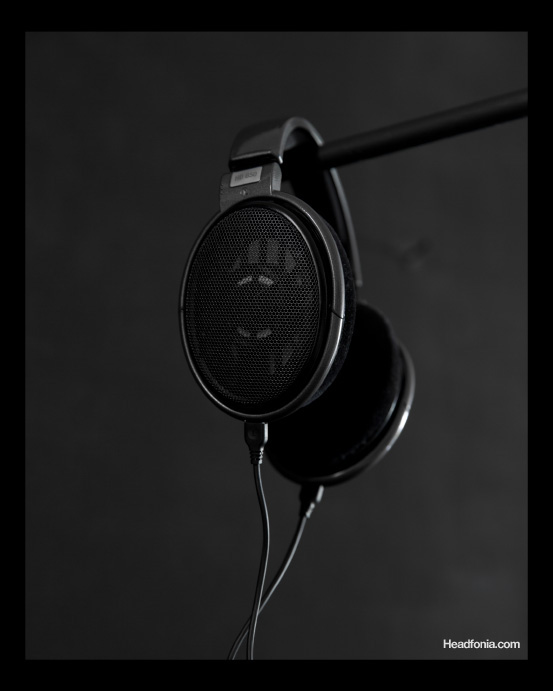
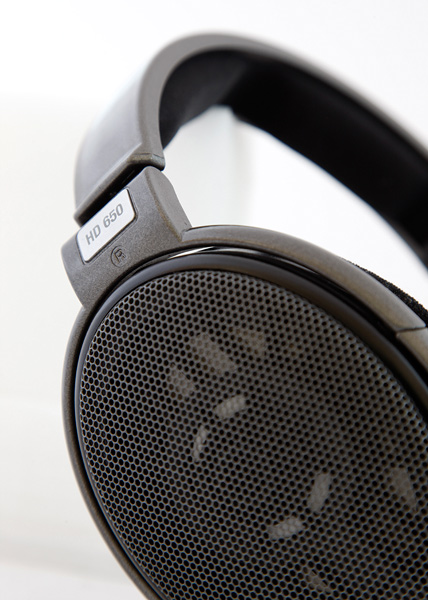

 The hybrid clash is continuing to climb among manufacturers, and it is also going on in mid-fi and low-fi areas lately. Oriolus Forsteni basically has 1 less BA driver inside of it compared to the original Oriolus. That means the configuration consists of 1 Dynamic Driver with 2 Balanced Armatures. There is just 1 BA driver less but the unit is much more affordable, so it is an eye catching hybrid in the market. Based on the performance, I can clearly say Forsteni deserves that attention.
The hybrid clash is continuing to climb among manufacturers, and it is also going on in mid-fi and low-fi areas lately. Oriolus Forsteni basically has 1 less BA driver inside of it compared to the original Oriolus. That means the configuration consists of 1 Dynamic Driver with 2 Balanced Armatures. There is just 1 BA driver less but the unit is much more affordable, so it is an eye catching hybrid in the market. Based on the performance, I can clearly say Forsteni deserves that attention.